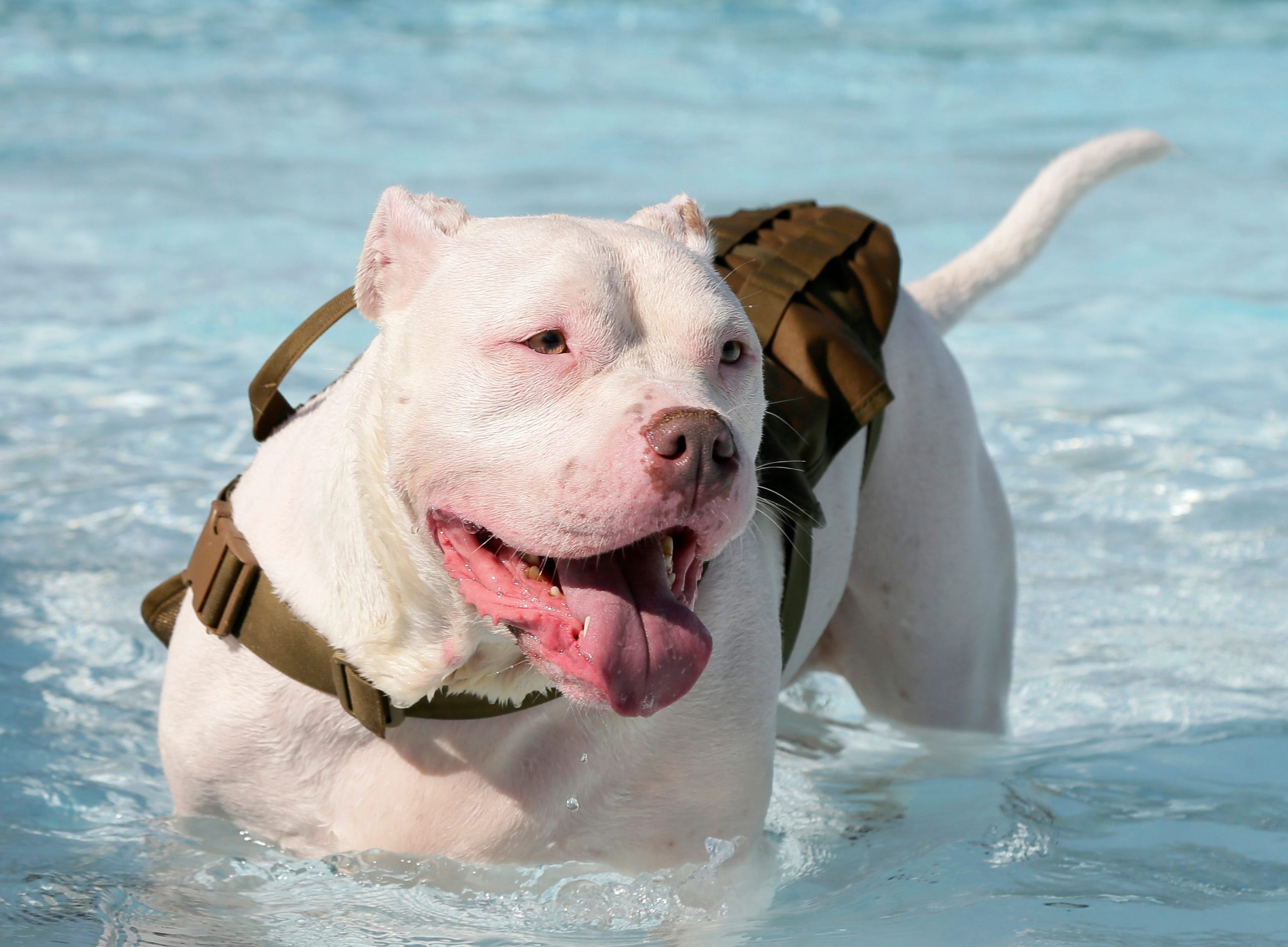The Impact of Extreme Heat on Pets and How to Keep Them Safe
The eighth hottest June in recorded Columbus weather history, dating back to July 1878, has left many residents struggling with temperatures well over 100 degrees. As the heatwave continues, people are daydreaming about cooler fall weather, while also finding ways to stay comfortable. However, the extreme heat isn’t just affecting humans—it’s also taking a toll on pets, particularly dogs.
AEP Ohio faced the threat of widespread power outages due to the high demand for electricity, community pools have been packed with swimmers, and some recreation centers have turned into temporary cooling centers. But even those without air conditioning are feeling the effects of this intense heat, and our furry friends are no exception.
Dogs, especially those with breathing issues or restricted airways, such as pugs and French bulldogs, are particularly vulnerable during hot weather. These breeds are twice as likely to suffer from heatstroke, according to PETA (People for the Ethical Treatment of Animals). In 2024 alone, at least 111 dogs and cats lost their lives to heat-related causes, and another 388 were rescued. However, these numbers only reflect reported cases, as PETA notes that many incidents go unreported.
As of June 30 this year, 48 dogs and cats have died from heat-related causes, while 173 others were reported to have been rescued. These statistics highlight the urgent need for pet owners to take precautions to protect their animals during the summer months.
If you’re looking for ways to beat the heat, consider heading to the pool, a cooling center, an ice cream parlor, the frozen section at the grocery store, or a home improvement store. But don’t forget your four-legged friends—make sure they’re allowed inside before heading out.
Here are some key tips from PETA to keep your pets safe from the heat:
Avoid Mid-Day Walks
Choose cooler times of the day, like early morning or late evening, for walks. Limit your dog’s time outside and always check the pavement temperature with your hand before walking on it. Opt for shaded areas, dirt, or grass, and bring water and regular breaks.
Watch for Signs of Heatstroke
Be alert for heavy panting, excessive drooling, vomiting, diarrhea, lethargy, and difficulty walking. These could be signs of heatstroke, which can be fatal if not treated immediately.
Act Fast if You Suspect Heatstroke
Move your pet to an air-conditioned space, wet them down with room-temperature water, offer water, and apply a cold towel to their head and chest area.
Keep Outdoor Activities Light
Opt for indoor play alternatives whenever possible. Use cooling vests, mats, or bandanas when taking your dog out.
Never Leave Animals in Vehicles
Leaving pets in cars or outdoors during extreme heat is extremely dangerous. If you see a dog showing signs of heat stress in a car, call 911 immediately. Take note of the vehicle’s make, model, and license plate number, and if possible, ask a manager at a nearby business to page the owner.
By following these guidelines, pet owners can help ensure their animals stay safe and comfortable during the summer heat. It’s important to remain vigilant and proactive in protecting our pets from the dangers of extreme weather.







